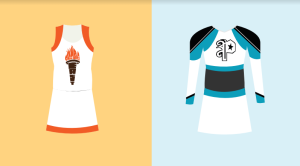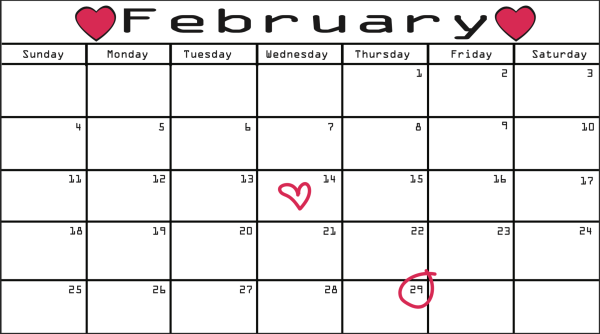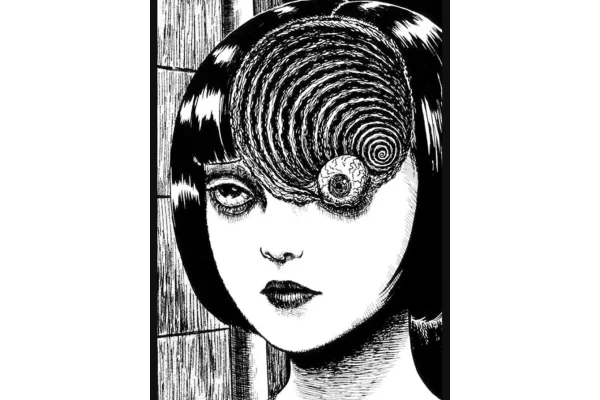Solar Eclipse in Review
Solar Eclipse as viewed from Hopkinsville, Kentucky, 21 August, 2017.
August 24, 2017
On Monday, the United States was witness to a solar eclipse, the likes of which had not been seen here in decades.
States in the path of totality were the most affected by the eclipse, experiencing night-like darkness and visible planets and stars, as well as a cooling of the air temperature and an increase in wind speeds.
NASA was on air for the entirety of the event, broadcasting live videos and pictures from land, air and space across American news networks. Sunspots were in full view until about 50% totality was reached.
About an hour in dreaded cloud cover began to obscure the sky, making viewing difficult and erasing any shadows that could indicate how far the moon had gotten.
An upside to this cloudiness was the way it served as a filter, allowing observers to view the eclipse with the naked eye.
Around the halfway point, cicadas and crickets began chirping and stars began to blink in and out of visibility.
By the time of totality, at around 2:37 P.M., the sky had darkened considerably and stars and planets were in full view of observers.
This rare cosmic event was capped off by the Baily’s Beads effect (which is created as the sun’s rays pass over valleys on the moon’s surface, projecting small round rays of sunlight on the corona) and subsequent re-emergence of the sun.
















